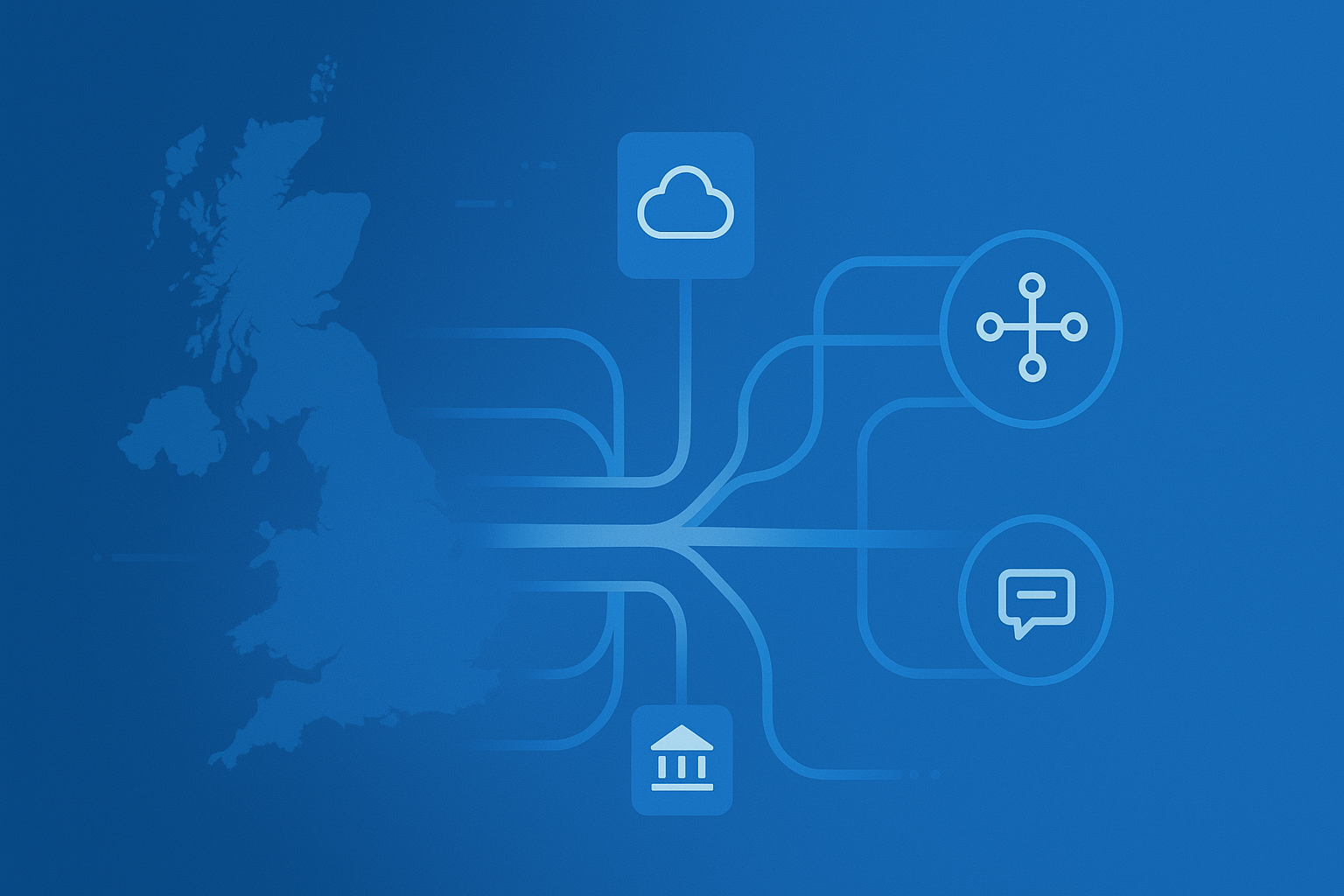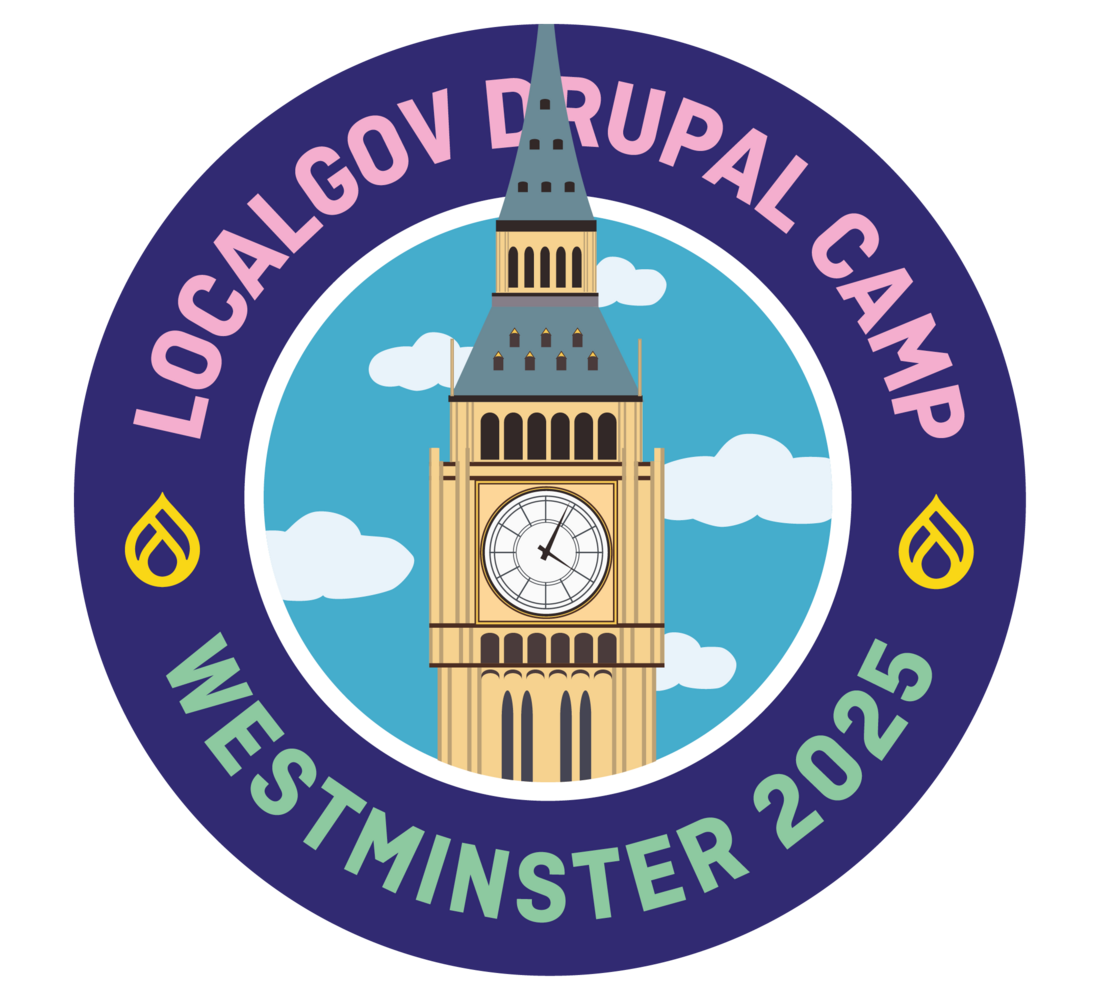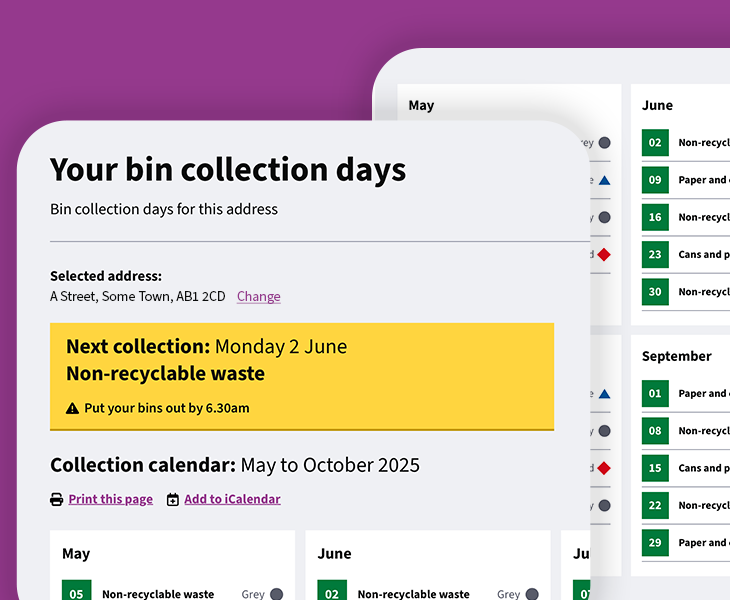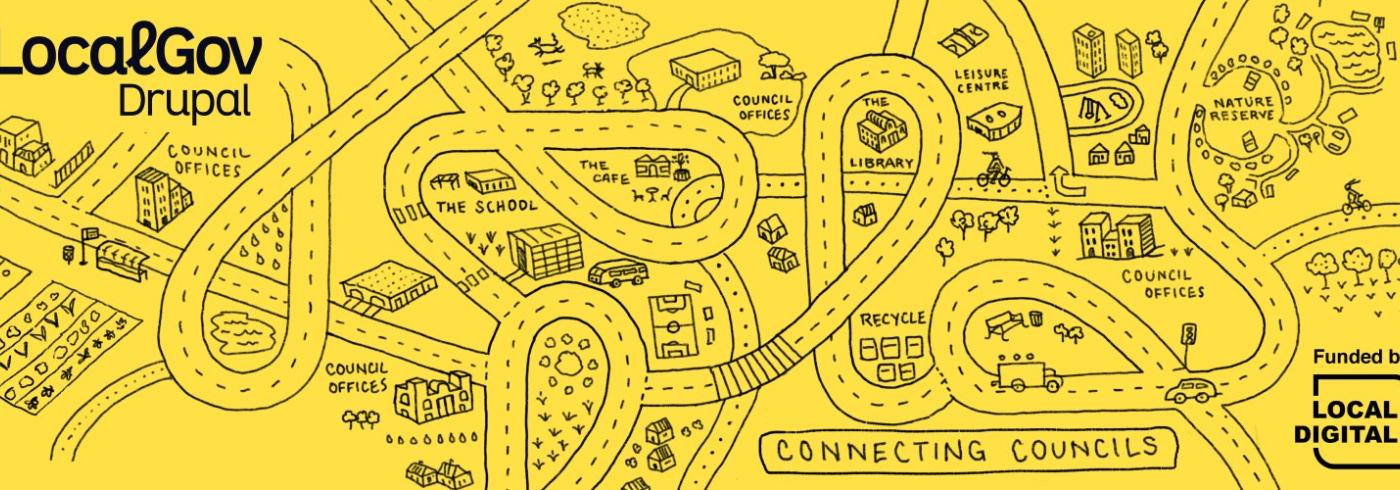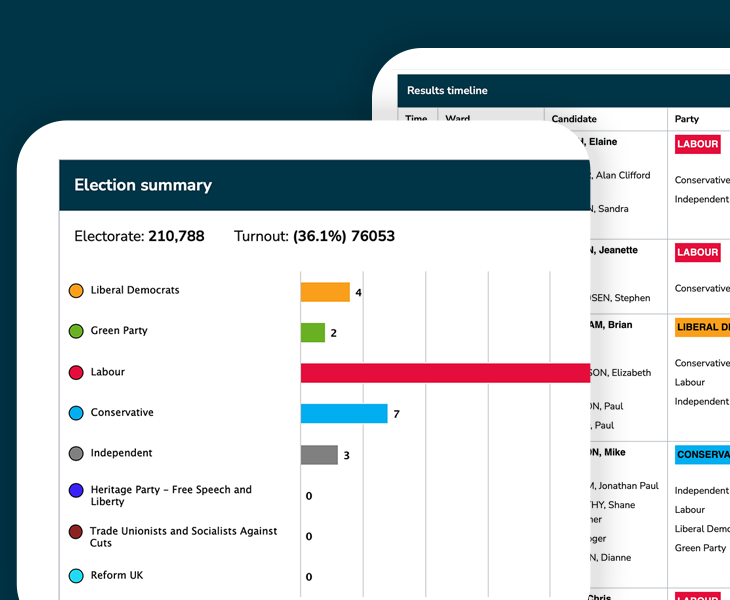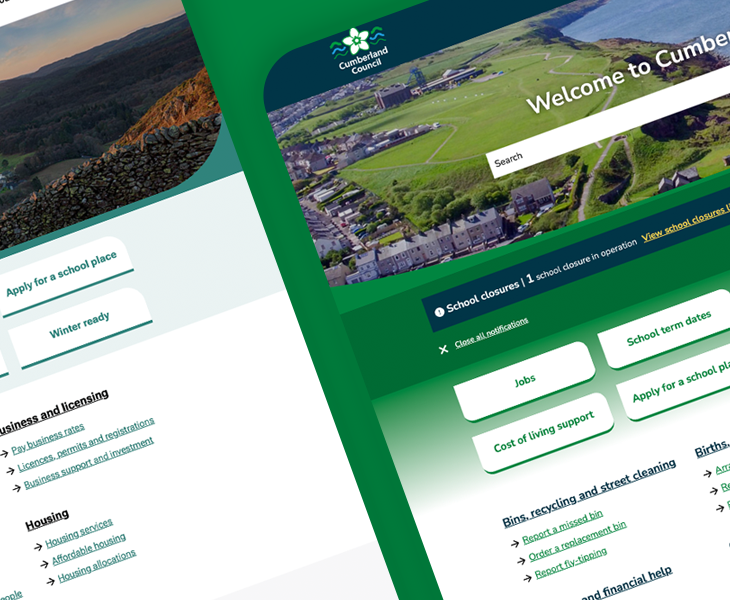10 October 2025
|
Duncan Davidson
Exploring digital integration for new strategic authorities and unitary councils
This is the second in our series exploring how LocalGov Drupal can support local authorities through reorganisation and devolution. In our first article, we examined how LocalGov Drupal provides a standardised platform to help achieve the efficiency goals outlined in the English Devolution White Paper.
When two-tier councils consolidate into a single unitary authority or when multiple authorities combine to form strategic authorities, the task of integrating their technology estates is immense. This digital integration challenge presents obstacles and opportunities for delivering better services to residents.
The White Paper signals a fundamental shift in how local government operates, with a clear direction towards unitary authorities and strategic-level governance. As councils across England prepare for these changes, merging digital systems presents one of the most significant technical challenges.
Tackling the consolidation question
The formation of new devolution structures needs rapid digital integration across previously separate organisations. This involves integrating:
- Multiple legacy websites with different designs, structures and user journeys
- Various content management systems (CMS) with differing capabilities
- Separate authentication systems and user databases
- Disconnected service request and case management platforms
- Different approaches to accessibility and design standards
Local authorities facing reorganisation typically have three options:
- Select one existing platform
- Implement an entirely new solution
- Attempt to maintain multiple systems
There are multiple consolidation pros and cons for each council to consider. However, there’s strength in numbers with over 50 councils (at the time of writing) using a platform that can save time, money and improve user experience.
LocalGov Drupal provides a ready-made integration platform
It’s a powerful alternative specifically designed for local government. This collaborative, open-source solution addresses many integration challenges faced during reorganisation:
1. A unified digital face for new authorities
LocalGov Drupal provides a platform that can serve as the unified digital presence of a new authority from day one. Its standardised structure for organising council information and services means you can consolidate content from multiple predecessor councils into a coherent, consistent user experience. Clear signposting to services is critical so citizens can find what they need quickly and easily.
2. Technical architecture supports smoother mergers
The platform's modular architecture makes it particularly well-suited to delivering council mergers:
- Flexible content migration: LocalGov Drupal's structured content types facilitate the transfer of information from multiple source systems.
- Service-oriented design: The service-focused architecture aligns perfectly with how residents think about council functions, making reorganisation less disruptive to users.
- Multi-site capabilities: For authorities dealing with many microsites, LocalGov Drupal can support multiple sites from a single installation, allowing for gradual integration.
3. Cost and time savings during the transition
Implementing a new website platform during reorganisation can be expensive and time-consuming. LocalGov Drupal reduces these burdens through:
- Shared development costs: The collaborative model means ongoing costs are distributed across participating councils.
- Pre-built components: Most functionality needed by local authorities is already available, reducing development time.
- Established patterns: User-tested design patterns mean less time spent on design and UX decisions.
Case study: Delivering digital integration in council mergers
When the decision was made to merge Cumbria County Council and its six district councils into two new unitary authorities, there was significant technical debt within Cumbria County Council that needed to be reduced.
Having used a heavily customised proprietary CMS, any integrations were time-consuming, unstable and prone to failure when updates were made. It’s something Craig Barker, Acting Senior Manager - Digital and Customer Experience, Cumberland Council, was keen to eradicate moving forward.
“When you’re going through local government reorganisation, there’s a lot happening, not just with the websites. There are always other priorities, so the more we can do to help the people rationalising the various services into one solution, the better," he states.
Flexible content migration is another significant advantage of using LocalGov Drupal. It’s not always the best option to ‘lift and shift’ existing content straight into a new council website. It’s important to utilise the benefits of LocalGov Drupal and deliver good design content because integrating poor content defeats the purpose of having a user-researched, accessible platform.
Laying firm foundations
For councils facing reorganisation, we recommend the following approach to digital integration using LocalGov Drupal:
1. Early assessment and planning
Start by mapping all digital assets across the merging organisations. Identify which content and services need to be transferred to the new authority and prioritise based on user needs and statutory requirements.
2. Phased implementation
Rather than attempting a ‘big bang’ launch, consider a phased approach:
- Start with high-priority information about the reorganisation itself
- Add core service information and transactions
- Gradually migrate lower-priority content
3. Prioritise user-centered design
Maintaining a relentless focus on user needs throughout the transition will stand you in good stead:
- Test navigation and journeys with residents
- Ensure accessibility standards are maintained or enhanced
- Provide clear signposting for services that have changed location or process
4. Build internal capability
Use the transition as an opportunity to build digital capability within the new organisation:
- Train your staff on the LocalGov Drupal platform
- Establish new content governance processes
- Join the LocalGov Drupal community to share your experiences and solutions
The benefits of collaboration
Perhaps the greatest advantage of using LocalGov Drupal during reorganisation is access to a community of councils facing similar challenges. The platform's collaborative model means that digital teams can learn from others who have already successfully navigated reorganisation.
This approach extends beyond just the technology. The LocalGov Drupal community shares content models, design patterns, and governance approaches that can help newly formed authorities establish effective digital operations from the outset.
Looking beyond the website
While the public-facing website is often the most visible aspect of digital integration, successful reorganisation requires considering the entire digital ecosystem.
LocalGov Drupal can serve as a foundation for this wider digital transformation:
- Integration with back-office systems: The platform can be configured to integrate with various case management and service delivery systems.
- Data consolidation: The structured approach to content supports better data management across the new organisation.
- Channel shift: The intuitive user experience encourages self-service, reducing pressure on contact centres during the transition.
Conclusion
As the government advances its ambition for universal coverage of Strategic Authorities and more unitary councils, digital integration will be a critical success factor.
Authorities that approach this challenge strategically, using platforms like LocalGov Drupal, will be better positioned to deliver the improved services, efficiencies and outcomes at the heart of the devolution agenda.
By providing a standardised, flexible platform specifically designed for local government, it enables newly formed authorities to deliver a coherent, user-friendly digital experience from day one.
What's next?
In our third article, we'll explore "Supporting the Statutory Devolution Framework Through Digital Clarity” and how LocalGov Drupal can help authorities clearly communicate their powers and responsibilities. By doing this, residents will quickly understand which authority is responsible for which services in their area.
In case you missed it, read the first article in the series on digital devolution efficiencies.

Learn how we can make LGR easier for you
Simply fill in this form with your key details and we'll be in touch.




